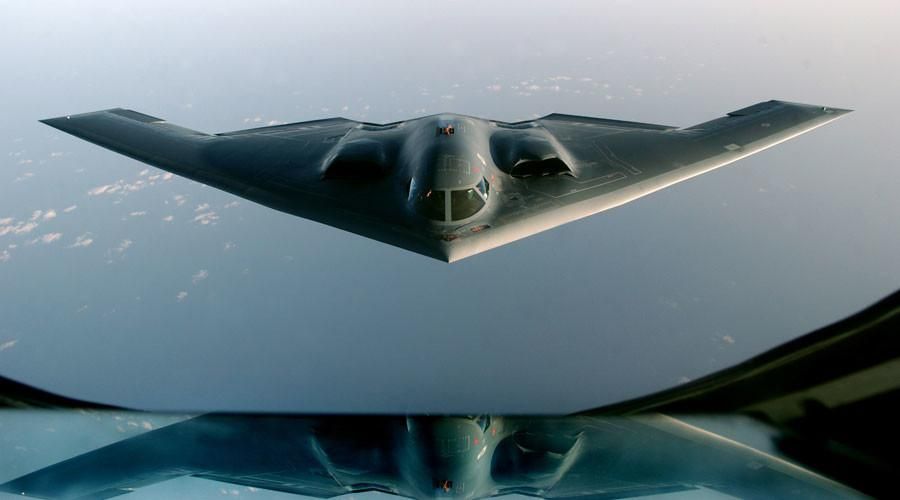Scientists at the University of Wisconsin-Madison have shown for the first time that transistors fashioned out of carbon nanotubes are actually twice as efficient as regular silicon varieties. This comes after decades of research regarding how carbon nanotubes can be used to design the next generation of computers. Speaking about the breakthrough, recently published in the Science Advances journal, Michael Arnold, a member of the team, said:
Making carbon nanotube transistors that are better than silicon transistors is a big milestone. This achievement has been a dream of nanotechnology for the last 20 years.
Since its discovery back in 1991, these one-atom-thick carbon tubes have been the focus of much scientific research. Its incredibly unique properties, experts believe, could pave the way for more efficient computing devices that at the same time consume significantly less power. Measuring nearly 50,000 times smaller than the width of a single human hair, this wonder material is made up of hexagonally arranged carbon atoms.




